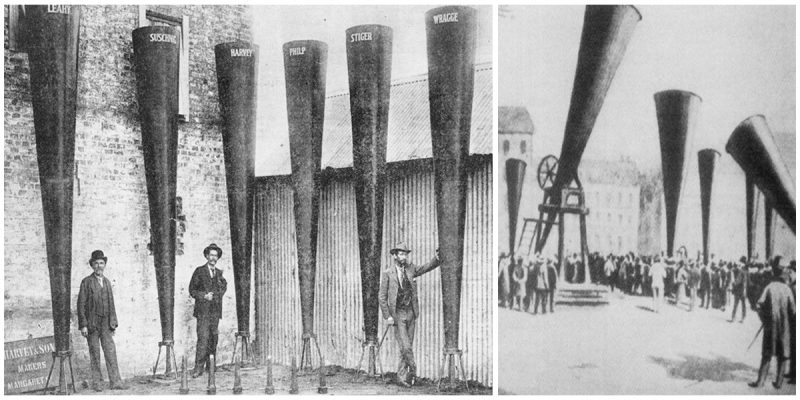The Hail Cannon is a funnel-shaped device that supposedly disrupts the formation of hailstones by creating shock waves. A mixture of acetylene and oxygen is ignited in the lower chamber of the machine and as the resulting blast passes through the neck and into the cone, it develops into a shock wave. This shock wave then travels at the speed of sound through the cloud formations above, a disturbance which manufacturers claim disrupts the growth phase of hailstones.
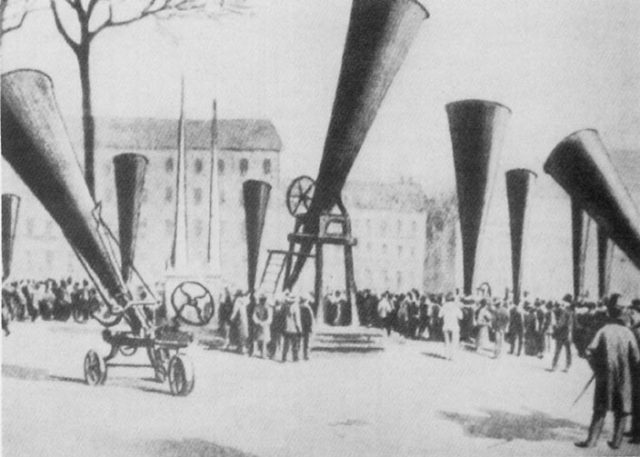
Hail cannons can be traced back to the mid-19th century, to an Italian professor of mineralogy who stated that the formation of hailstorm could be prevented by injecting smoke particles into thunderstorms via cannons. In 1895 and 1896, an Austrian wine grower named M. Albert Stiger conducted backyard experiments, culminating in a muzzle loading mortar pointing upward. The device, about 2 meters tall, looked a lot like an oversized, upright megaphone, made of sheet metal mounted on a wooden block. When fired, the mortar produced large smoke rings that rose to 300 meters.
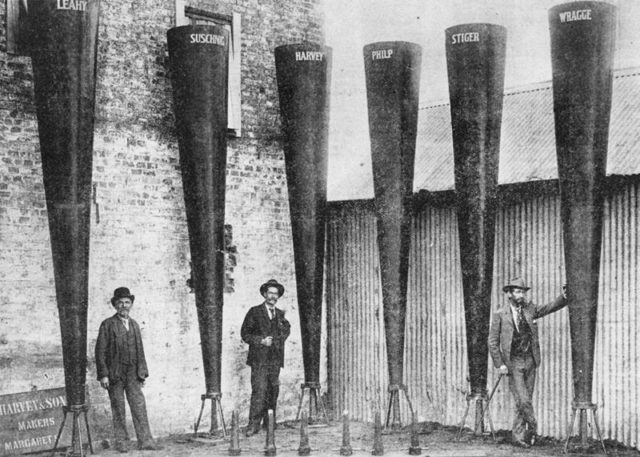
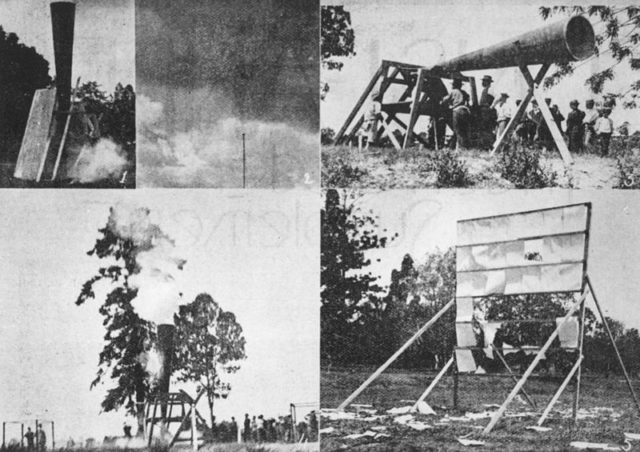
He built several of these cannons and tested them over a two-year period, during which he observed no hail. Word of Stinger’s success spread across Europe and between 1899 and 1900, the number of cannons rocketed. By 1899 there were 1,630 hail cannons operating in Italy alone, where vine growers suffered great loss due to hailstorms. At the end of 1900, the number grew to 10,000.
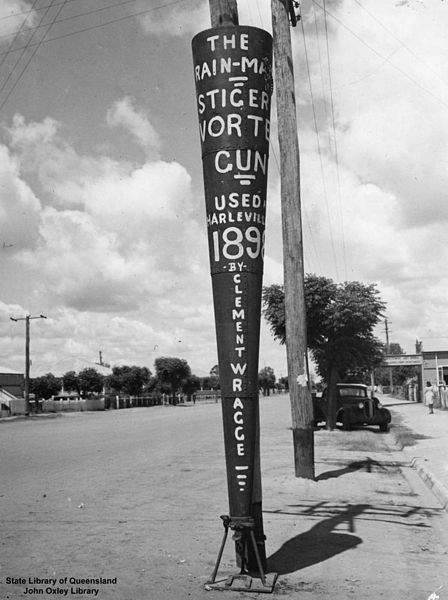
By the time the fourth international hail suppression congress came around in 1902, officials had concluded that the cannons’ efficacy was neither proven or disproven. In 1903, the Italian government seized an initiative, arranging a two-year experiment involving 222 cannons.
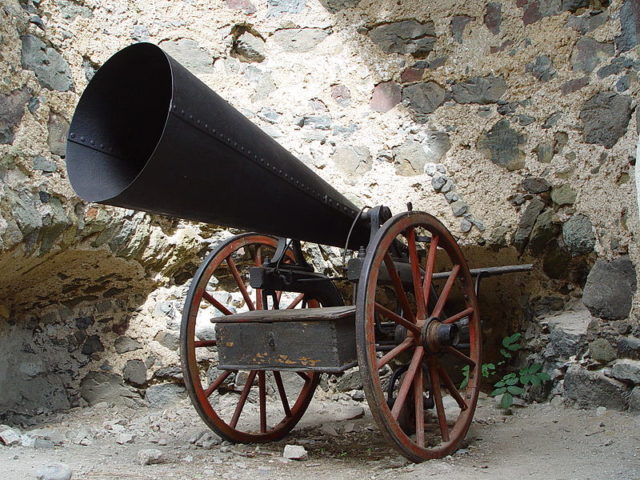
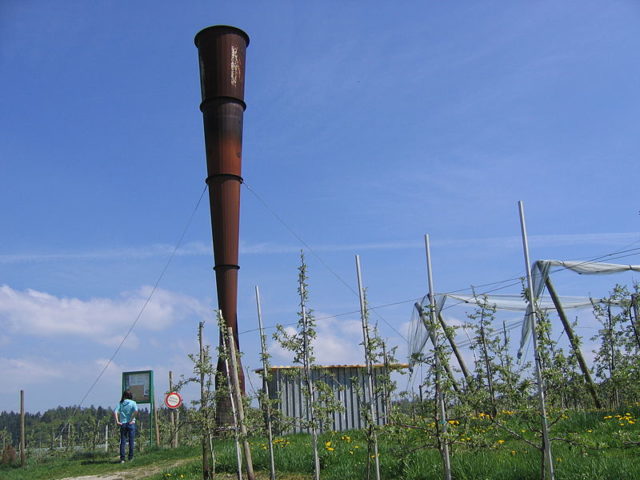
Unfortunately, when many cannon-protected crops were lost during major outbreaks of damaging hailstorms that occurred during 1902-1904, many farmers began to have doubts. The cannons have been publicly declared a failure, and by 1905 they were largely abandoned.
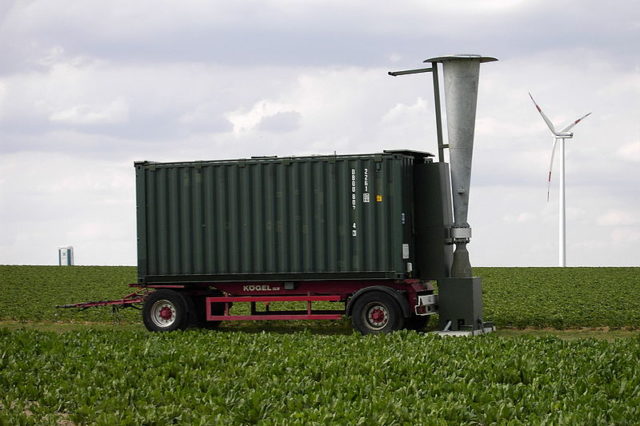
These devices frequently engender conflict between farmers and neighbors when used, because they are repeatedly fired every 1 to 10 seconds while a storm is approaching and until it has passed through the area, yet there is no scientific evidence for their effectiveness.
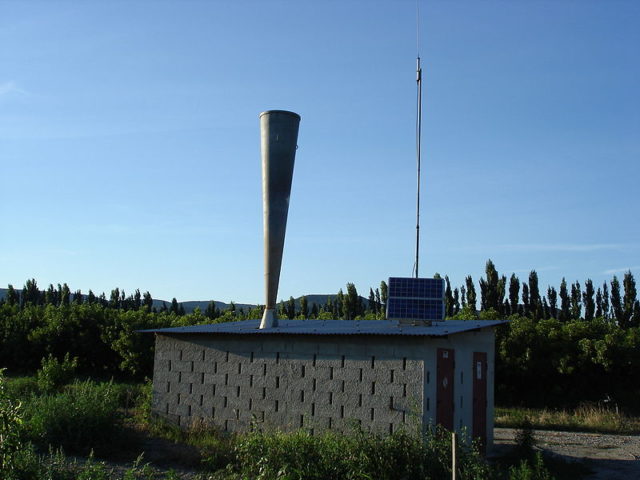
Today, hail cannon technology still lacks any scientific evidence supporting its efficacy but people continue to make and use the devices.
